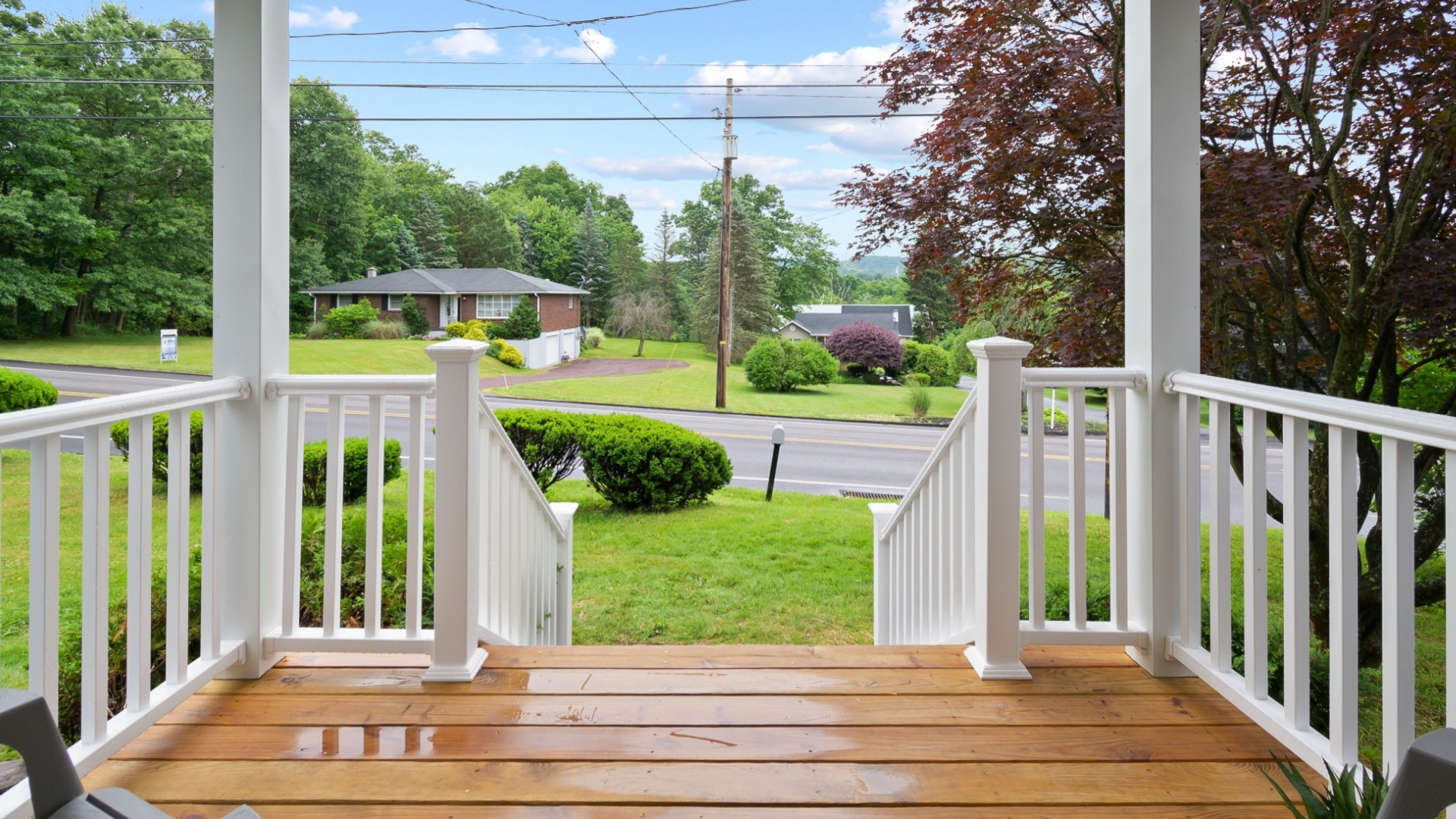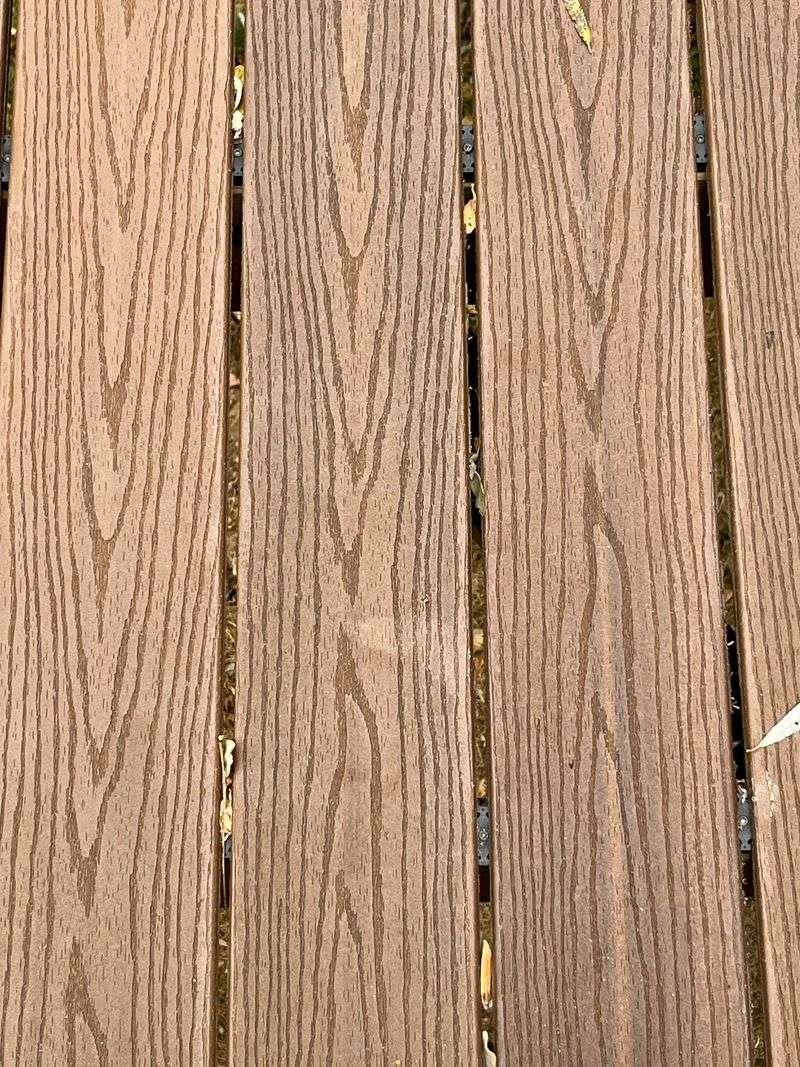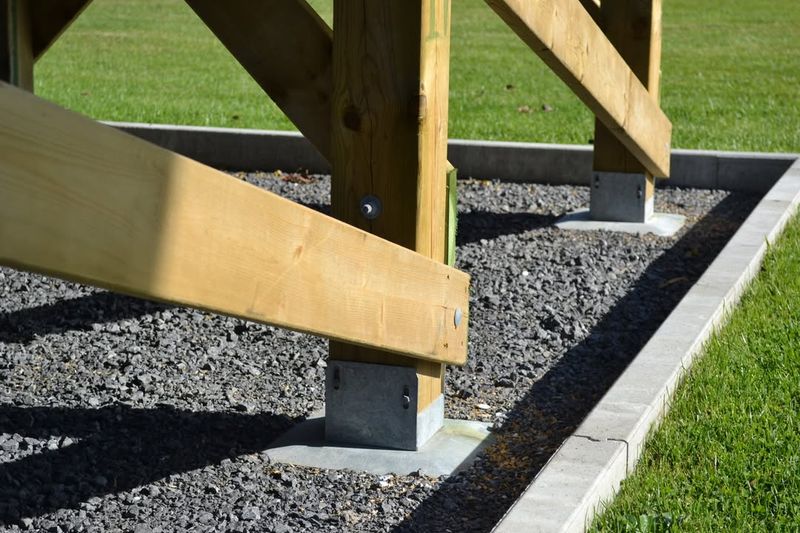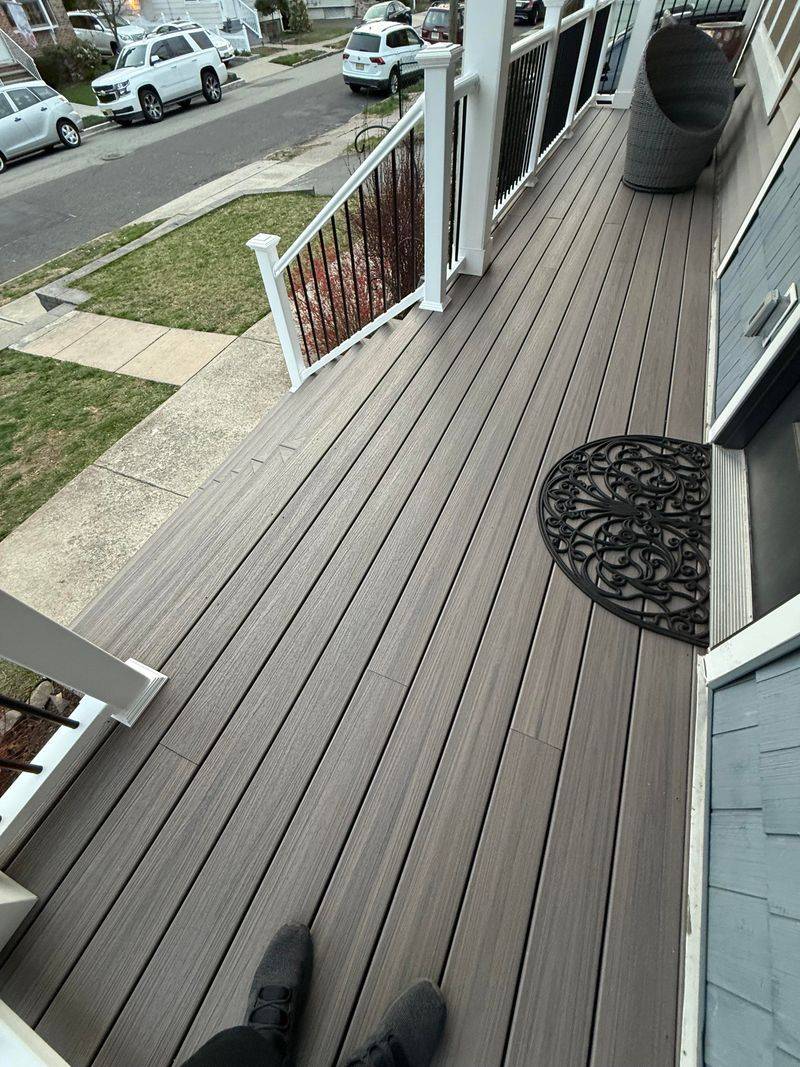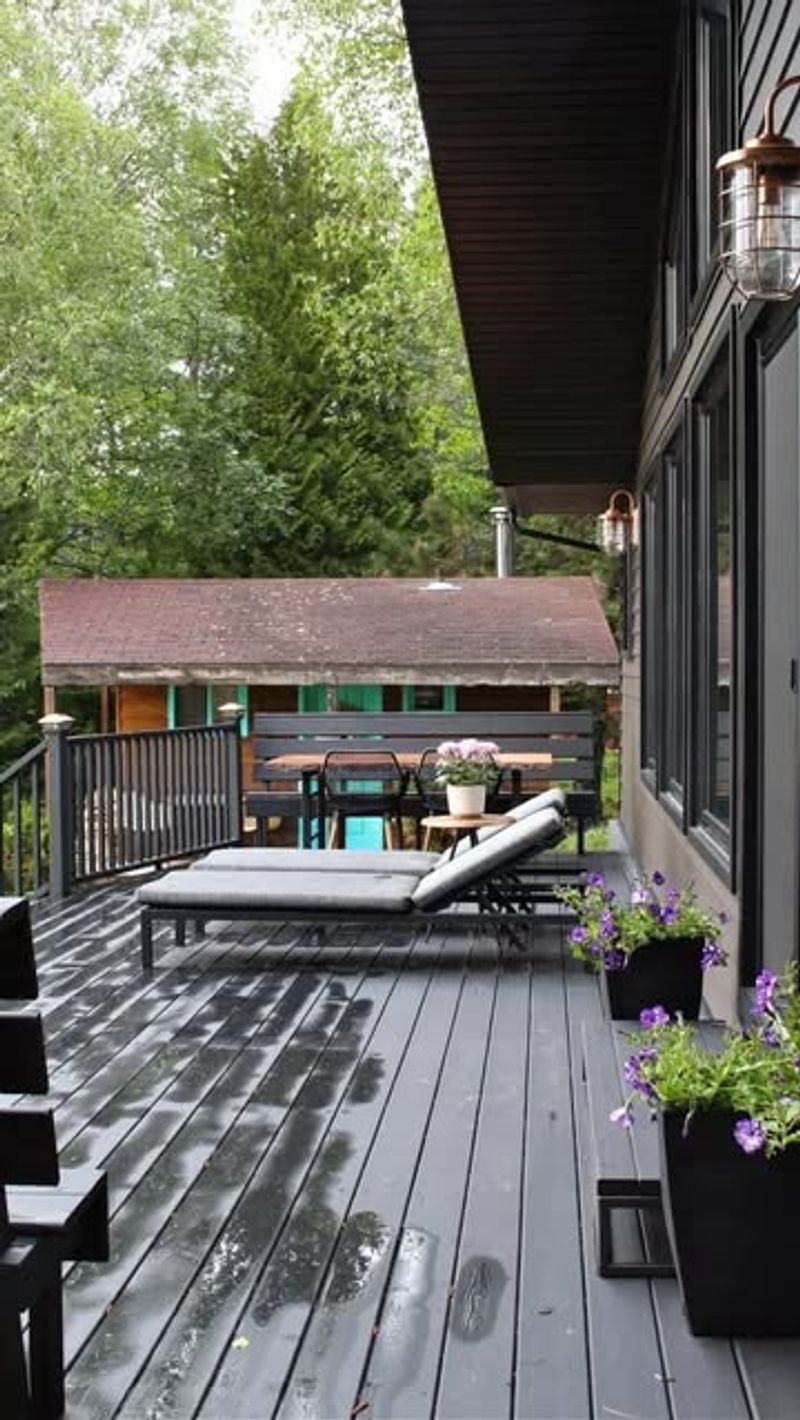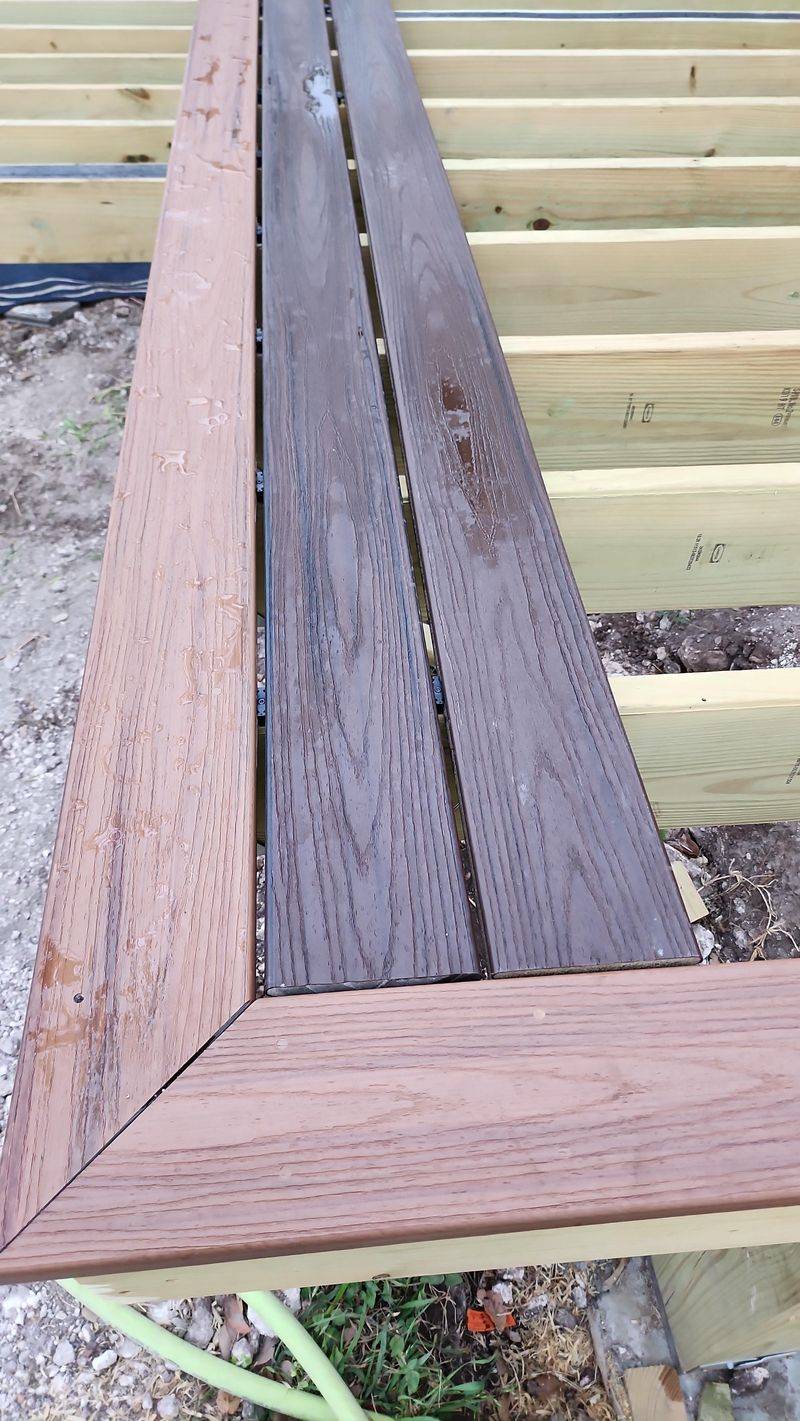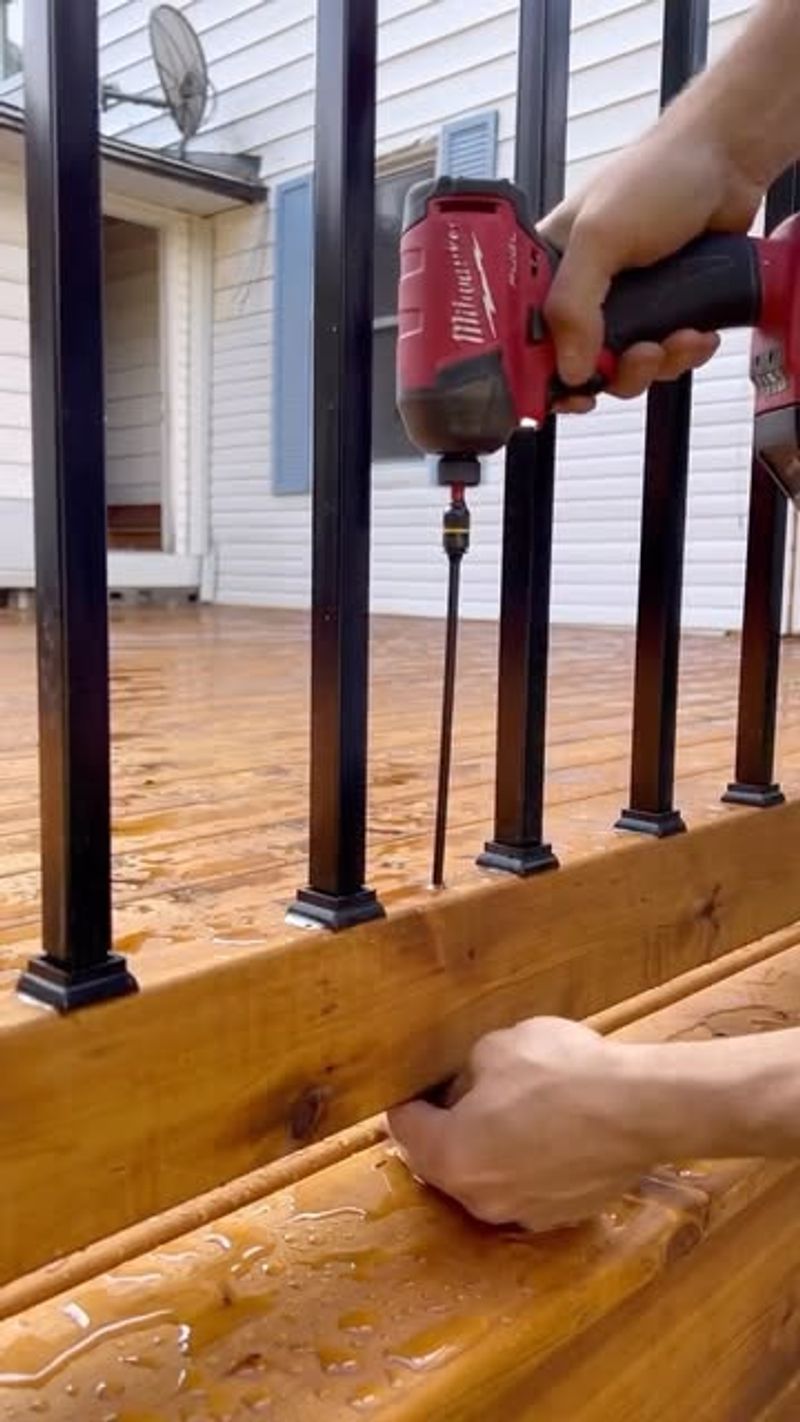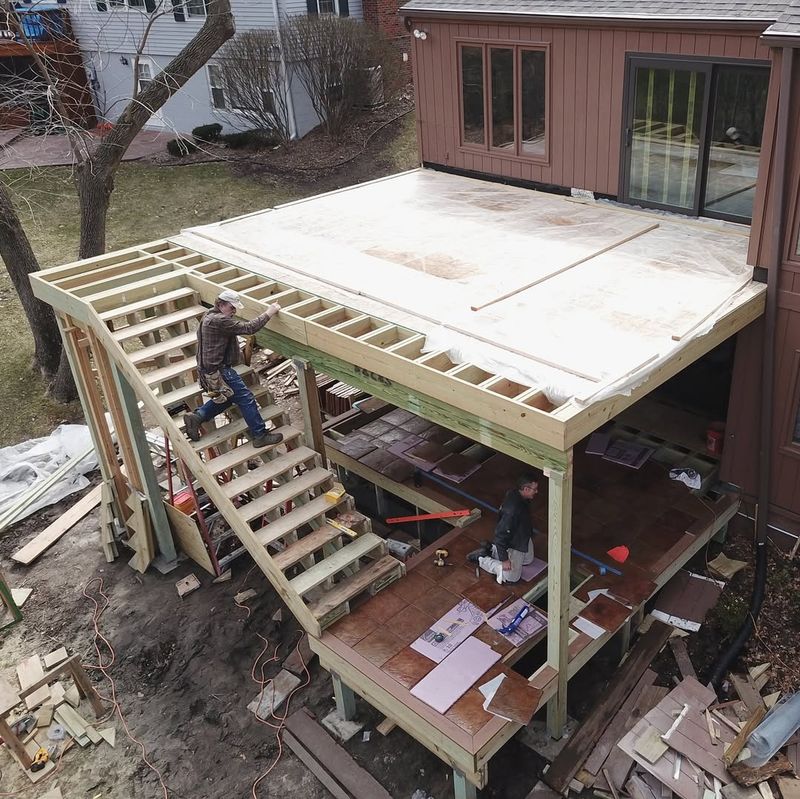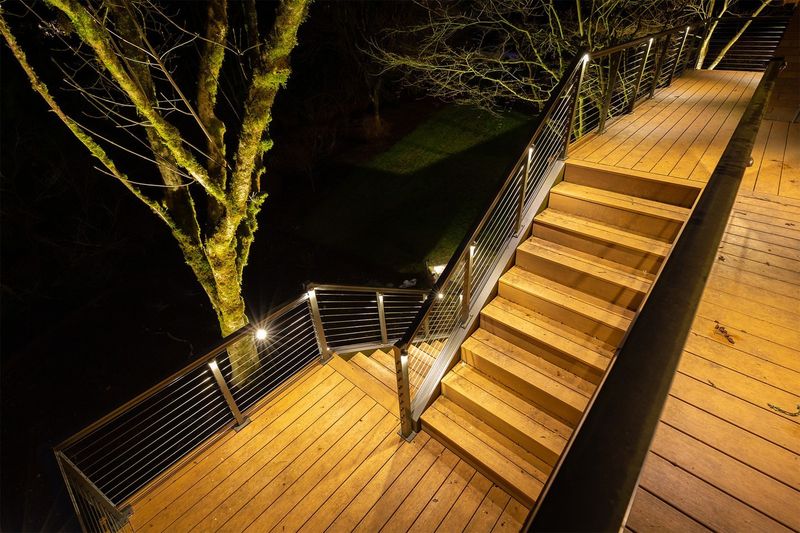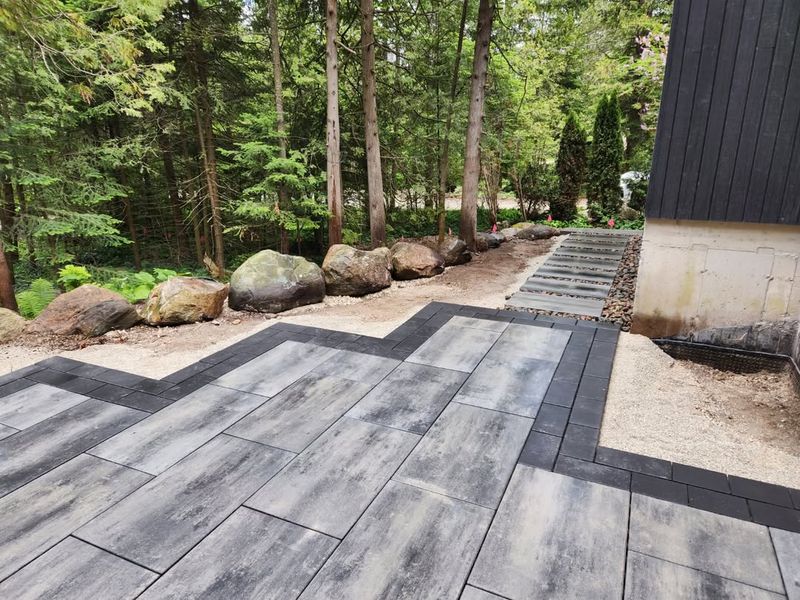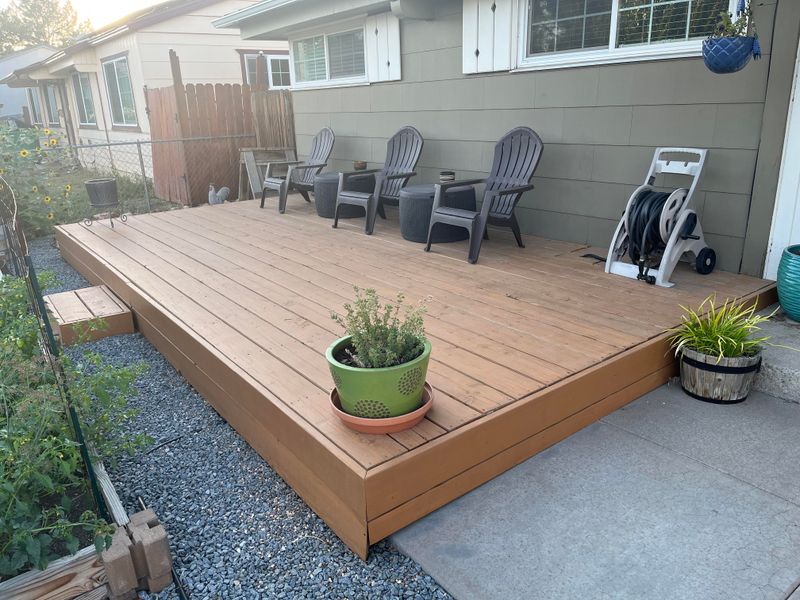Your deck might look fine—but if it’s warping, fading, or just feeling a little “off,” chances are you’re making one of these common decking mistakes. From skipped steps during installation to maintenance missteps, even seasoned DIYers can slip up.
Don’t worry—we’ve got your back. Here are 10 problems the pros see all the time—and 5 fast, pro-approved fixes to get your outdoor space looking flawless again.
1. Improper Joist Spacing
Cramming joists too close together wastes materials, while spacing them too far apart creates a bouncy, unsafe deck. Professional landscapers recommend following your local building code, which typically specifies 16 inches on center for most residential decks.
The proper spacing provides the perfect balance between structural integrity and material efficiency. Remember that composite decking often requires tighter joist spacing than traditional wood, so always check manufacturer guidelines before installation.
2. Skipping the Foundation Planning
Rushing into deck construction without proper foundation planning leads to structural problems later. The foundation needs to account for soil type, drainage patterns, and frost lines in your area.
Many DIYers underestimate the importance of deep, properly sized footings. Your deck posts should rest on concrete footings that extend below the frost line to prevent seasonal heaving and settling that can twist and crack your beautiful deck over time.
3. Using the Wrong Fasteners
Regular nails or indoor screws have no place on your deck! They’ll rust, stain your decking, and eventually fail. Experienced builders always use galvanized, stainless steel, or specially coated deck screws designed for outdoor use.
For cedar, redwood, or pressure-treated lumber, you need fasteners specifically rated for use with these materials. The chemicals in treated wood will corrode standard fasteners, potentially causing dangerous structural failure within just a few seasons.
4. Neglecting Proper Drainage
Water pooling on your deck spells disaster. Many homeowners build perfectly level decks that trap moisture against the house and between boards. Smart builders create a slight slope (about 1/8 inch per foot) away from the house.
Proper spacing between deck boards also allows water to drain through rather than puddle on top. Without adequate drainage, you’re inviting rot, mold, and structural damage that can cut your deck’s lifespan in half and potentially damage your home’s foundation.
5. Forgetting About Expansion and Contraction
Wood and composite materials expand and contract with temperature changes. Installing boards too tightly together creates buckling and warping when they expand in hot weather.
Leave appropriate gaps between boards – typically 1/8 to 1/4 inch depending on the material and your climate. For composite decking, carefully follow manufacturer spacing guidelines, which often vary from traditional wood requirements.
Proper spacing ensures your deck can breathe and move naturally through seasonal changes.
6. Inadequate Ledger Board Attachment
The ledger board connects your deck to your house and bears enormous weight. Improperly attached ledger boards are the number one cause of catastrophic deck collapses.
Never rely on nails alone! Use properly sized lag screws or through-bolts spaced according to code requirements. Always install flashing above the ledger to prevent water from seeping behind it and rotting your home’s structure.
This critical connection requires waterproofing and regular inspection to ensure safety.
7. Choosing the Wrong Decking Material
That beautiful exotic hardwood might look stunning in the store, but will it stand up to your local climate? Many homeowners select materials based solely on appearance without considering maintenance requirements or regional weather patterns.
Pressure-treated pine remains budget-friendly but requires regular maintenance. Composite decking costs more upfront but needs minimal upkeep. Cedar and redwood offer natural beauty and resistance to insects but weather to gray unless regularly sealed.
8. Poor Railing Installation
Wobbly railings aren’t just annoying – they’re dangerous! Many DIYers attach railings only to deck boards instead of securing them to structural posts. This creates a serious safety hazard that could result in injury.
Railings should be firmly attached to the deck frame or support posts, not just the surface boards. Building codes typically require railings to withstand 200 pounds of force from any direction.
Never compromise on railing stability, especially with children or elderly people using your deck.
9. Skimping on Protective Finishes
Leaving wood decking unprotected is like inviting nature to start the decomposition process. Even pressure-treated lumber needs sealing to prevent moisture absorption, cracking, and warping.
Apply a quality water-repellent sealer or stain within a few weeks of installation for new pressure-treated wood (after it’s had time to dry). Reapply every 1-2 years depending on your climate and exposure.
This simple maintenance step can double your deck’s lifespan and keep it looking beautiful.
10. Overlooking Local Building Codes
Building without permits might seem like a money-saving shortcut, but it can lead to expensive headaches. Local building codes exist for safety reasons and vary widely by location.
Unpermitted decks can trigger fines, forced reconstruction, and complications when selling your home. Most codes specify requirements for footings, structural supports, railing heights, and stair dimensions.
Always check with your local building department before starting your deck project to ensure compliance with current regulations.
11. Regular Cleaning and Maintenance
Neglecting regular deck cleaning allows dirt, leaves, and organic debris to trap moisture against the wood. This creates the perfect environment for mold, mildew, and rot to develop.
At minimum, sweep your deck regularly and perform a thorough cleaning with an appropriate deck cleaner once a year. Remove debris from between boards to maintain proper drainage and prevent rot.
A pressure washer can help with cleaning but use with caution – too much pressure can damage wood fibers.
12. Adding Proper Lighting
A well-lit deck isn’t just beautiful – it’s safer too. Strategic lighting around stairs, railings, and transitions prevents trips and falls while extending your outdoor enjoyment into evening hours.
Solar-powered options have improved dramatically in recent years, offering easy installation without wiring. Low-voltage LED systems provide reliable illumination with minimal energy consumption.
Consider recessed lighting for stair risers and post cap lights for subtle, elegant illumination that enhances safety.
13. Creating Proper Transitions
Smooth, safe transitions between your deck and yard prevent stubbed toes and twisted ankles. Many DIY deck builders create awkward steps or uneven transitions that become hazards, especially for children and older adults.
Design wide, shallow steps rather than a few steep ones. Consider adding a landing at the bottom of deck stairs if the grade changes significantly.
For ground-level decks, transitioning with gravel, pavers, or mulch creates a natural flow between your deck and landscape.
14. Installing Diagonal Bracing
A wobbly deck isn’t just uncomfortable – it’s structurally unsound. Many DIYers forget diagonal bracing, which prevents the deck from swaying or racking side-to-side.
Add diagonal bracing between posts and beams, especially for decks more than 2 feet off the ground. These simple supports dramatically increase lateral stability and prevent the unsettling feeling of movement when people walk across your deck.
Proper bracing also helps your deck withstand high winds and other lateral forces.
15. Performing Annual Inspections
Catching small problems early prevents expensive repairs later. Walk around your deck each spring looking for loose boards, protruding nails, wobbly railings, and signs of rot.
Pay special attention to areas where water might collect – around posts, stairs, and the ledger board connection to your house. Look for soft spots in the wood by gently pressing with a screwdriver.
Check all fasteners for rust or loosening and tighten or replace as needed before small issues become major structural problems.

